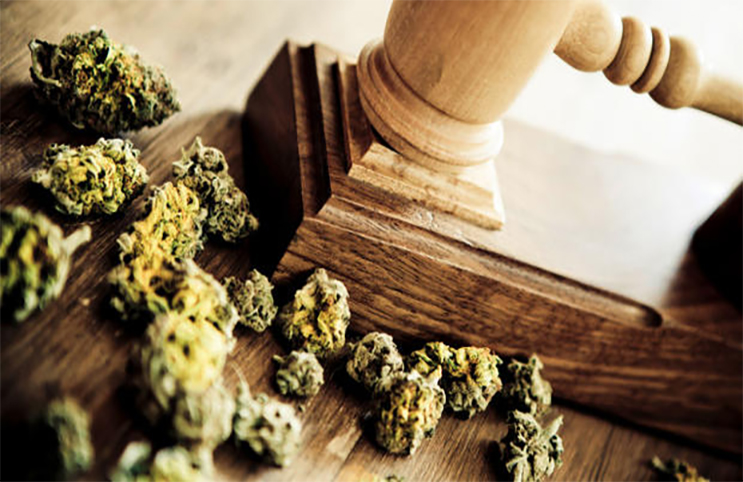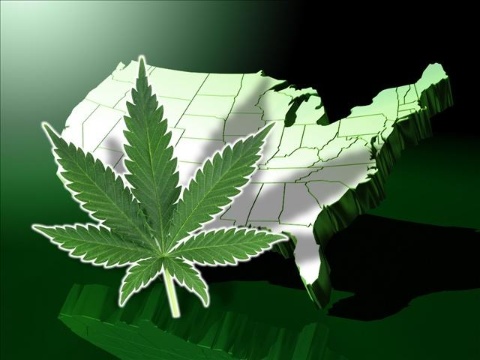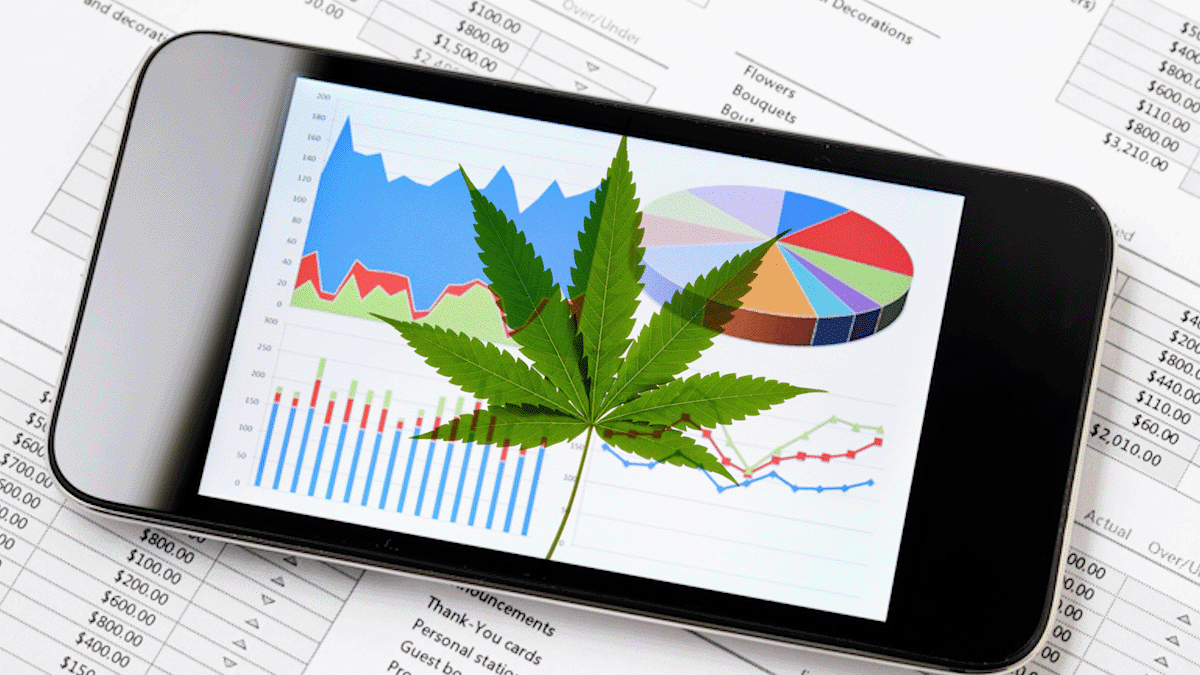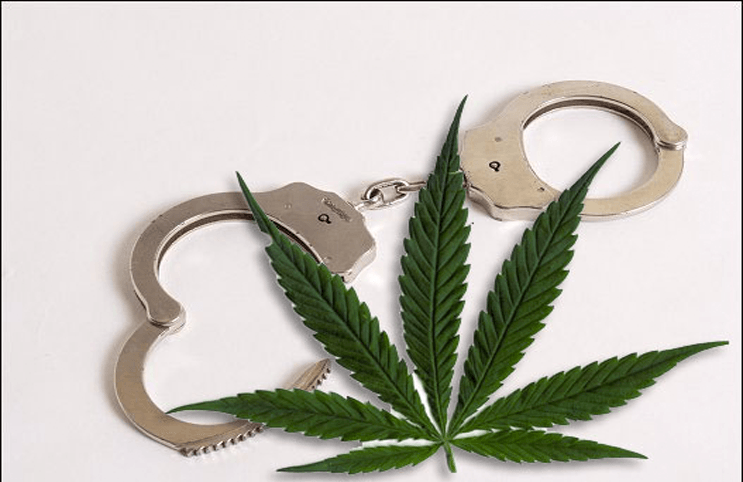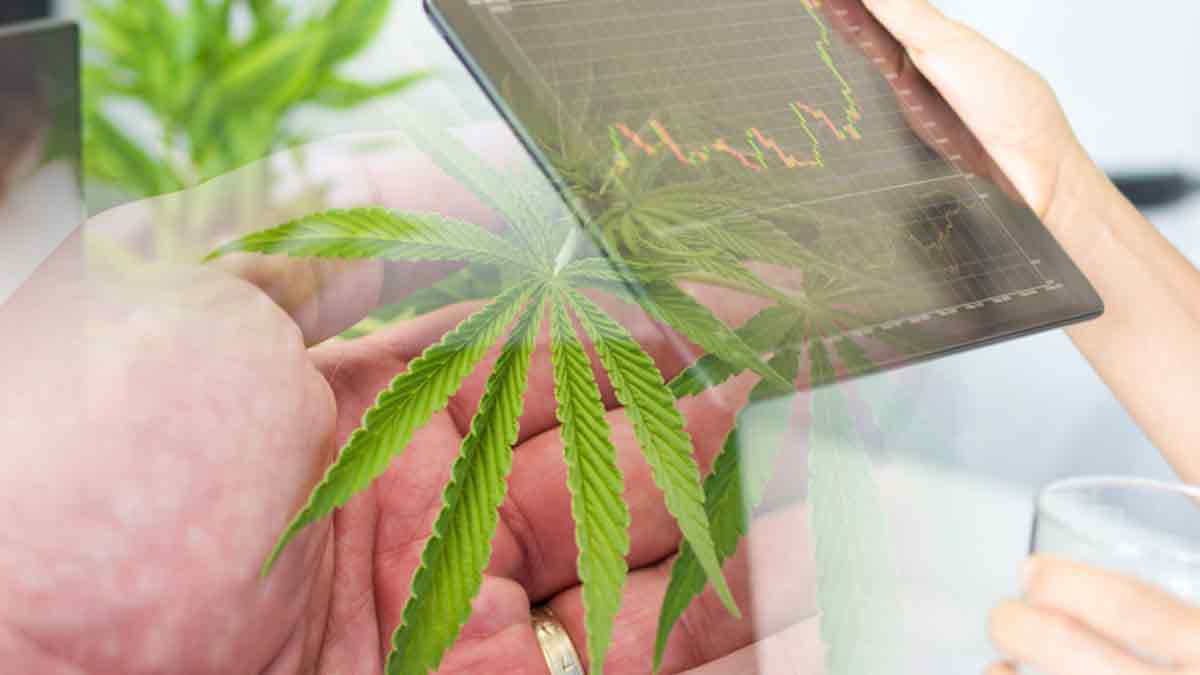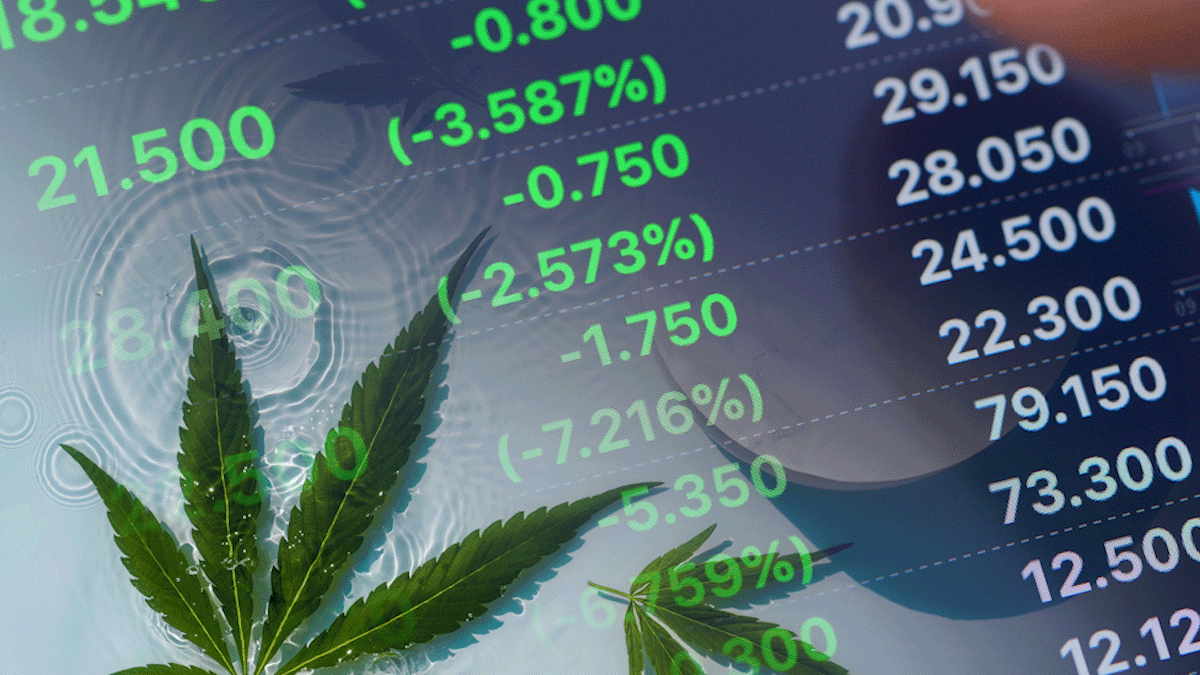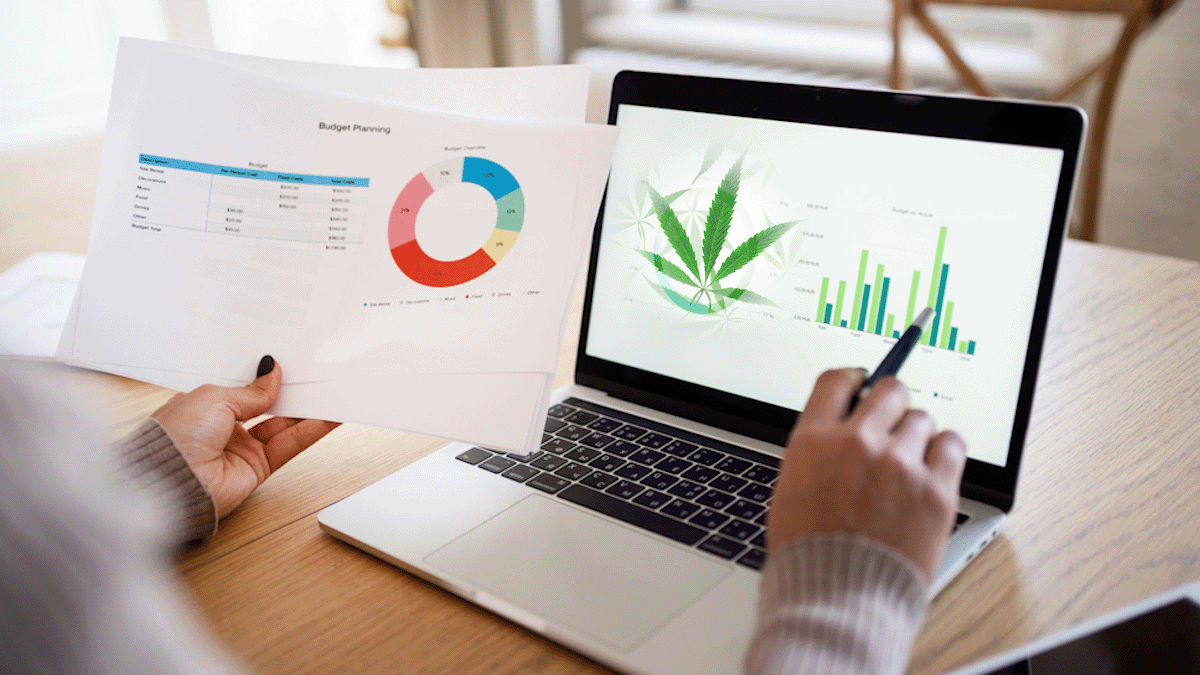University of Minnesota students may do double-takes this summer if they spot what looks like marijuana plants growing on the agricultural testing fields at the St. Paul campus. However, the dark green foliage with jagged leaves will actually be industrial hemp, a close look-alike and cousin to marijuana that’s useless for getting high but potentially valuable for certain foods, cosmetics, and oil.
There will be signs posted to indicate that the plants are a hemp experiment and not a drug. The industrial hemp is part of a pilot program regulated by the Minnesota Department of Agriculture that’s now beginning its second year and has generated surprising interest. Last year, seven producers planted about 37 acres of the crop in the state. In 2017, 42 growers will be planting more than 2,100 acres in 26 counties.
Minnesota Department of Agriculture assistant commissioner, Andrea Vaubel, attributes some of the interest to greater public and farmer realization that industrial hemp is a legitimate crop, and that it’s different from medical hemp or cannabis. Industrial hemp is the same plant, she said, but its delta-9 THC level (which gives marijuana its kick) is less than 0.3%. “You’d have to smoke a whole field of it, and all you’d get is a headache,” she said.
Though industrial hemp has no value as a drug, it is still considered a Schedule 1 narcotic under the federal Controlled Substances Act and has been illegal to grow since the 1940s. However, the 2014 Farm Bill allowed states to begin pilot programs to raise industrial hemp as long as they had corresponding laws to regulate it. About half of the states have done so or are moving in that direction.
Studying the growth, cultivation, and marketing of industrial hemp is the goal of the state’s pilot program, Vaubel said. “We really want to understand if this is a viable crop for Minnesota, and are there markets out there for farmers to capitalize on,” she said. “So far we think there are.” Because of federal restrictions, Minnesota producers ordering industrial hemp seeds must have them delivered to the state agriculture department, which inspects and tests them. The growers also need to apply for state permits, pass criminal background checks, and agree to various other conditions during the season and after the hemp is harvested.
University of Minnesota students may do double-takes this summer if they spot what looks like marijuana plants growing on the agricultural testing fields at the St. Paul campus. However, the dark green foliage with jagged leaves will actually be industrial hemp, a close look-alike and cousin to marijuana that’s useless for getting high but potentially valuable for certain foods, cosmetics, and oil.
There will be signs posted to indicate that the plants are a hemp experiment and not a drug. The industrial hemp is part of a pilot program regulated by the Minnesota Department of Agriculture that’s now beginning its second year and has generated surprising interest. Last year, seven producers planted about 37 acres of the crop in the state. In 2017, 42 growers will be planting more than 2,100 acres in 26 counties.
Minnesota Department of Agriculture assistant commissioner, Andrea Vaubel, attributes some of the interest to greater public and farmer realization that industrial hemp is a legitimate crop, and that it’s different from medical hemp or cannabis. Industrial hemp is the same plant, she said, but its delta-9 THC level (which gives marijuana its kick) is less than 0.3%. “You’d have to smoke a whole field of it, and all you’d get is a headache,” she said.
Though industrial hemp has no value as a drug, it is still considered a Schedule 1 narcotic under the federal Controlled Substances Act and has been illegal to grow since the 1940s. However, the 2014 Farm Bill allowed states to begin pilot programs to raise industrial hemp as long as they had corresponding laws to regulate it. About half of the states have done so or are moving in that direction.
Studying the growth, cultivation, and marketing of industrial hemp is the goal of the state’s pilot program, Vaubel said. “We really want to understand if this is a viable crop for Minnesota, and are there markets out there for farmers to capitalize on,” she said. “So far we think there are.” Because of federal restrictions, Minnesota producers ordering industrial hemp seeds must have them delivered to the state agriculture department, which inspects and tests them. The growers also need to apply for state permits, pass criminal background checks, and agree to various other conditions during the season and after the hemp is harvested.
MAPH Enterprises, LLC | (305) 414-0128 | 1501 Venera Ave, Coral Gables, FL 33146 | new@marijuanastocks.com


